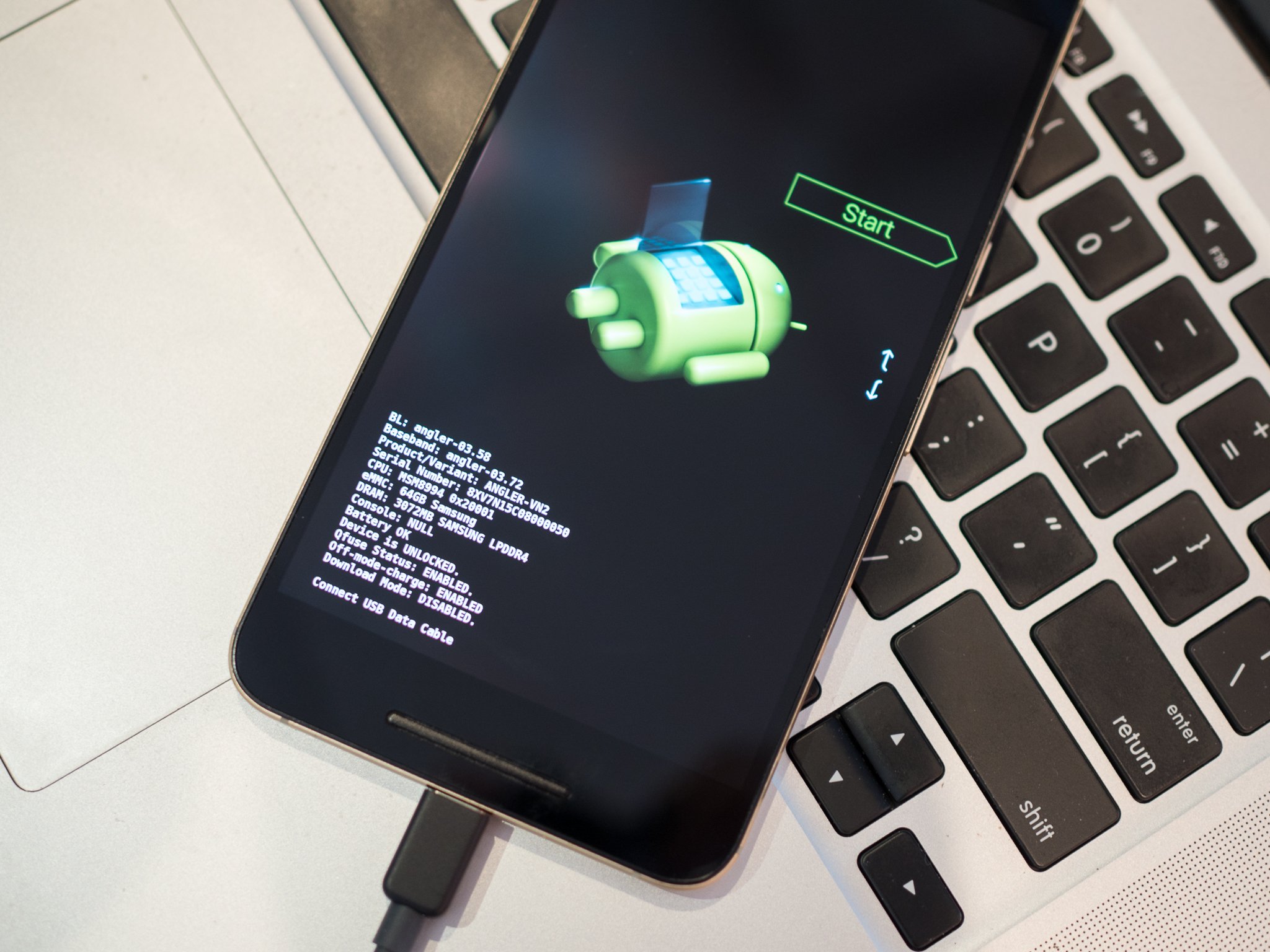Google has released factory system images of the much awaited Android 8.0 Oreo update for compatible devices.
Android Oreo for Pixel and Nexus
Google has started to roll out the final version which should be soon available to compatible devices. However, it does take some time before you receive the over the air notification. Google said that for now it’s pushing the AOSP update for its OEM partners.
The system images are available for compatible devices:
Nexus 5X,
Nexus 6P,
Nexus Player,
Pixel C,
Google Pixel,
and Google Pixel XL users.
You need to ensure that you have an unlocked bootloader and ADB running on your computer before installing. All your data will be removed while installing system images, so ensure that you backup beforehand.
Steps to install OS:
- Download the appropriate system image for your device below, then unzip it to a safe directory. [ https://developer.android.com/about/versions/o/download.html#flash ]
- Connect your device to your computer over USB.
- Start the device in fastboot mode with one of the following methods:
> Go to folder platform-tools in your system
make sure you downloaded new version of platform-tools
https://developer.android.com/studio/releases/platform-tools.html
> copy paste command by replacing SDK path
fastboot flashing unlock
fastboot flashing unlockexport PATH=/Users/sujayabraham/sujay/android-sdk-macosx/platform-tools:$PATH
Now run ads command
adb reboot bootloader
4. If necessary, unlock the device's bootloader using one of the following methods:
If you are updating a Nexus 5X or Nexus 6P device using the bullhead or angler builds, update your fastboot tool to the latest available version (>=23.0.1), and then run this command:
fastboot flashing unlock
-
The target device will show you a confirmation screen. (This erases all data on the target device.)
See Unlocking the bootloader for more detailed instructions.
-
Open a terminal and navigate to the unzipped system image directory.
-
Execute the
flash-all script. This script installs the necessary bootloader, baseband firmware(s), and operating system.
flash-all.sh
This will install the images.
for queries:
fastboot flashing unlock
The target device will show you a confirmation screen. (This erases all data on the target device.)
See Unlocking the bootloader for more detailed instructions.
Open a terminal and navigate to the unzipped system image directory.
Execute the
flash-all script. This script installs the necessary bootloader, baseband firmware(s), and operating system.flash-all.sh
Thank you

Comments
Post a Comment